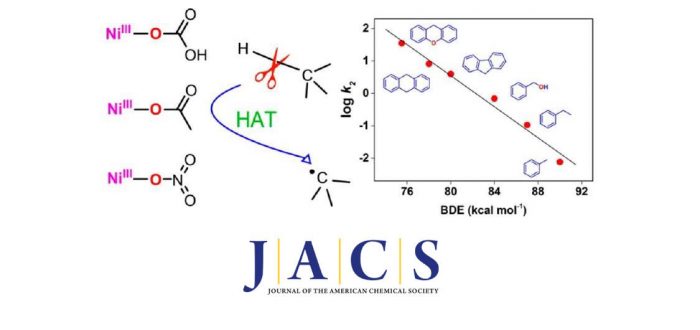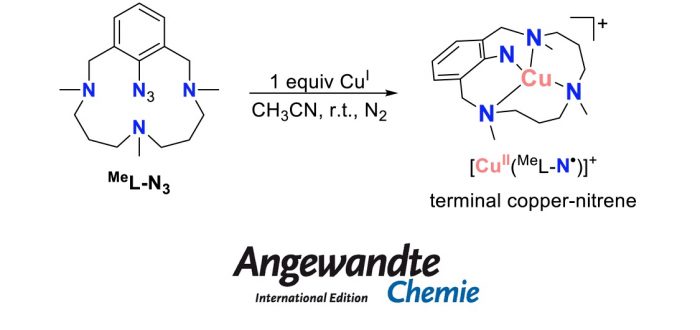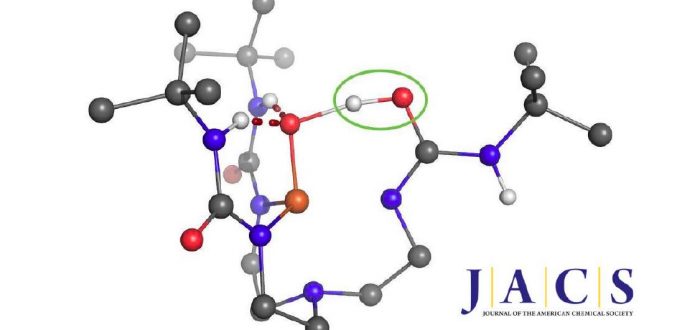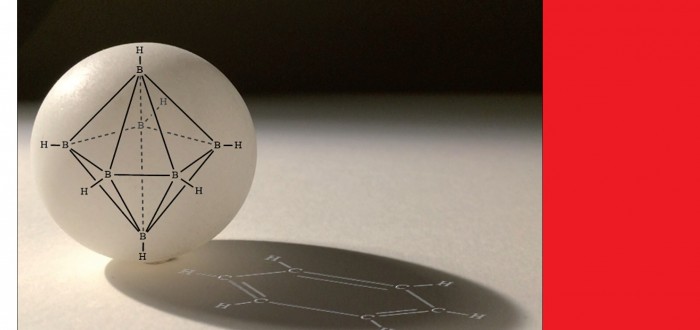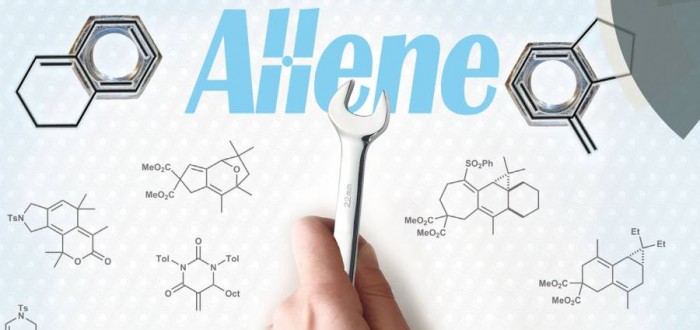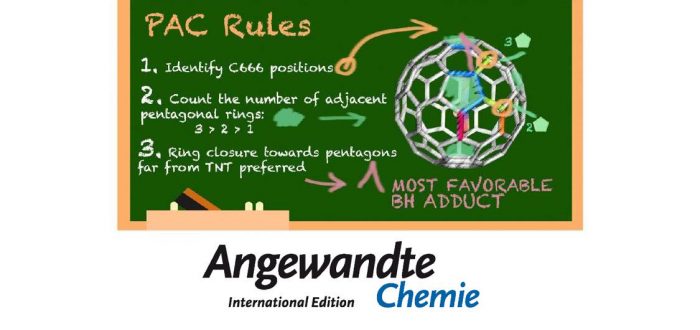Two metastable NiIII complexes, [NiIII(OAc)(L)] and [NiIII(ONO2)(L)] (L = N,N’-(2,6-dimethylphenyl)-2,6-pyridinedicarboxamidate, OAc = acetate), were prepared, adding to the previously prepared [NiIII(OCO2H)(L)], with the purpose of probing the properties of terminal late-transition metal oxidants. These high-valent oxidants were prepared by the one-electron oxidation of their NiII precursors ([NiII(OAc)(L)]? and [NiII(ONO2)(L)]?) with tris(4-bromophenyl)ammoniumyl hexachloroantimonate. Fascinatingly, the reaction
- sec.iqcc@udg.edu
- +34 972 41 83 57
Tag: publications
High-valent terminal copper–nitrene species have been postulated as key intermediates in copper-catalyzed aziridination and amination reactions. The high reactivity of these intermediates has prevented their characterization for decades, thereby making the mechanisms ambiguous. Very recently, the Lewis acid adduct of a copper–nitrene intermediate was trapped at ?90?°C and shown to be active in various oxidation
One of the Plenary Speakers of the Girona Seminar, Prof. Borovik (UC Irvine), asked Prof. Swart for his help in understanding where the proton goes in a high-valent “Fe(IV)-hydroxo” complex. Together with Adrià Romero, they were able to figure out that there were four viable possibilities where the proton would be either at the “oxo”-oxygen,
Terminal high-valent metal–oxygen species are key reaction intermediates in the catalytic cycle of both enzymes (e.g., oxygenases) and synthetic oxidation catalysts. While tremendous efforts have been directed toward the characterization of the biologically relevant terminal manganese–oxygen and iron–oxygen species, the corresponding analogues based on late-transition metals such as cobalt, nickel or copper are relatively scarce.
Jordi Poater (ICREA Research Professor at Univ. Barcelona, ex-IQCC member), Miquel Solà from the Institute of Computational Chemistry and Catalysis (IQCC) and Clara Viñas and Francesc Teixidor from the Institute of Materials Science of Barcelona (CSIC, ICMAB) have shown that aromatic closo boron hydride clusters can be categorized into different series, according to the n value of the Hückel
How do the DNA components survive excitation by UV light? This question is of great importance to understand how the genetic code can be safely transmitted, or how the DNA components were selected by evolution. Computational chemistry has given some answers by elucidating the mechanisms of the main photoactivated processes involving the DNA nucleobases and
A tutorial review on the use of allenes in transition metal catalyzed cyclodadditions has been recently published in Chemical Society Reviews by three members of the IQCC. The work –authored by Agustí Lledó, Anna Pla-Quintana and Anna Roglans– has been highlighted on the inside front cover of the April 21st issue.
In this work, the Bingel–Hirsch addition of diethylbromomalonate to all non-equivalent bonds of Sc3N@D3h-C78 was studied using density functional theory calculations. The regioselectivities observed computationally allowed the proposal of a set of rules, the predictive aromaticity criteria (PAC), to identify the most reactive bonds of a given endohedral metallofullerene based on a simple evaluation of

